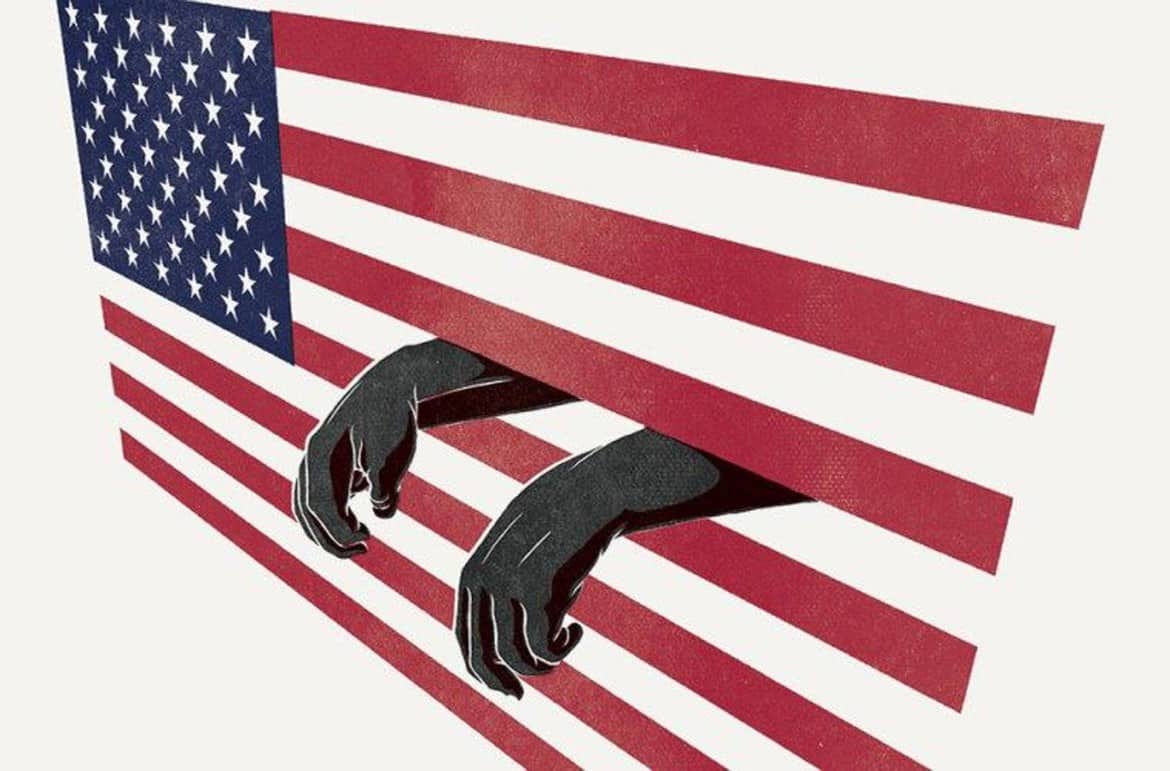“Prison is a second-by-second assault on the soul, a day-to-day degradation on the self, an oppressive steel and brick umbrella that transforms seconds into hours and hours into days.” -Mumia Abu Jamal A horrifying statistic that always sits in the…
Land of the Unfree, Home of 25% of the World’s Prisoners

Trigger Warning // Death Penalty Before continuing with my post, I write with a heavy heart and soul about the story of Brandon Bernard, a Black man who was killed at the hands of the state. He was sentenced to…
The Institution of Higher Education as a Place of Public Interest
This past month, we were fortunate enough to witness the incredibly brilliant Dr. Carla Shedd and Dr. Tressie Mcmillan Cottom discuss the problems of inaccessibility within our education system, particularly that of higher ed, in “Change Series: Making Education More…
The Great Big Story Youtube Account Stopped Making Videos and I Don’t Know How to Fill this Empty Void (Alternatively: How do I stop being terrified and sad in a world that’s changing way too quickly??)
*scroll* *click on* Nope. *click out* *scroll* *pull to refresh* Nah. For the 459th time since I’ve opened my eyes today, and possibly the millionth time since quarantine began, I open up the Youtube app to see if there are…

